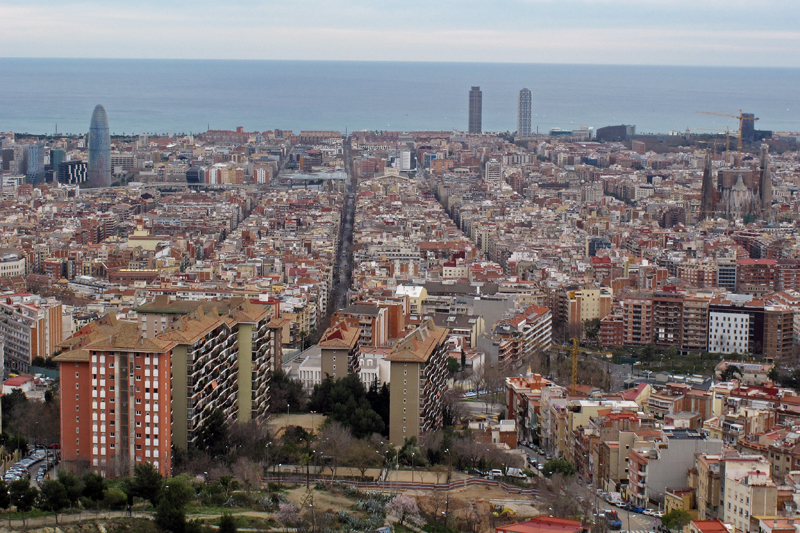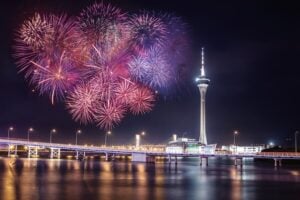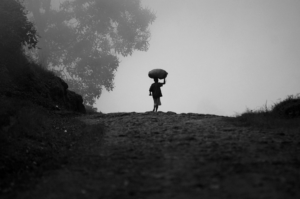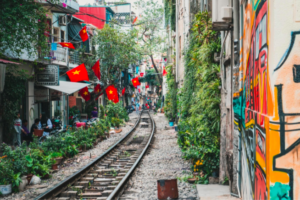Catalonia’s seaside capital is a breezy antidote to manic Madrid
Antoni Gaudí’s buildings, gorgeous beaches, and the popular central thoroughfare Las Ramblas – those all come to mind when you think of Barcelona. While they’re definitely worth visiting, the Catalan capital is so much more than the typical “Top 10” sights. If you want to get off the tired tourist track and delve into the hidden side of the city, it’s often only a matter of taking a few steps in another direction, quite literally. It’s an experience far away from the overpriced dishes of microwaved paella they serve on Las Ramblas. Here’s a guide to this enchanting city’s best-kept secrets.
It’s quite hard to find a truly undrinkable cup of coffee in Barcelona, but the city has a handful of exceptionally nice places. Try the trendy Born district, with its narrow winding streets filled with interesting eateries. If you’re by the Palau de la Musica Catalan, nip down a side street (Verdaguer i Callís, 12) to find the Antic Teatre (The Old Theater), which has a wonderful tree-filled patio perfect for a relaxing drink day or night. If you’re lucky, you might be able to catch a performance or two as well; after all, it is a theater as well as a café.
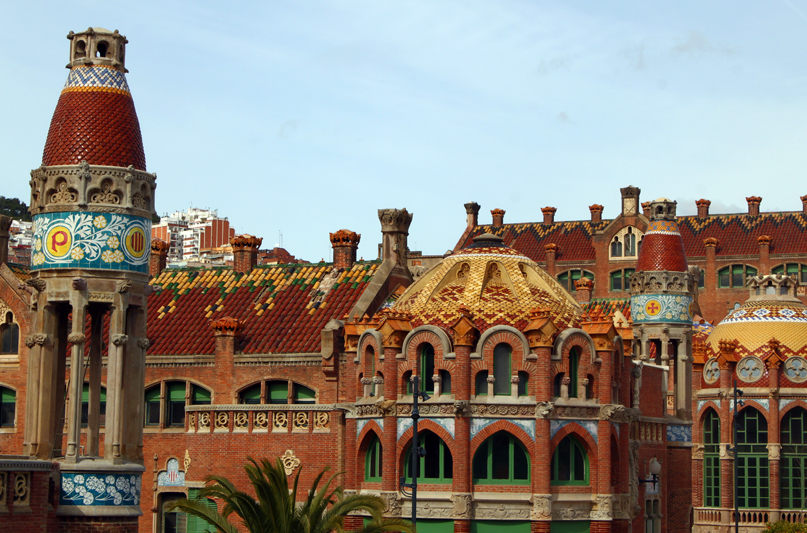
Just a few streets down you’ll find the Espai Mescladís (C/dels Carders, 35), a charming combination of an eco-friendly café, art exhibition, and social project. The food and drinks are locally sourced, and the art often focuses on issues specific to Barcelona, like a recent photography display of immigrants who had learned Catalan. It’s also a fabulous place for a coffee or tapas to hold you over until dinner time.
Stunning Views & A Tragic History
Barcelona isn’t short on spectacular views; you can go up Montjuïc or to Parc Güell and see the city stretch from the mountains to the sea. But if you’ve got a little bit more time in your schedule, a stroll up to the bunkers at the Guinardó Park is decidedly worth the hike. Bordering the residential Horta-Guinardó district, this park has numerous trails for jogging or hiking.
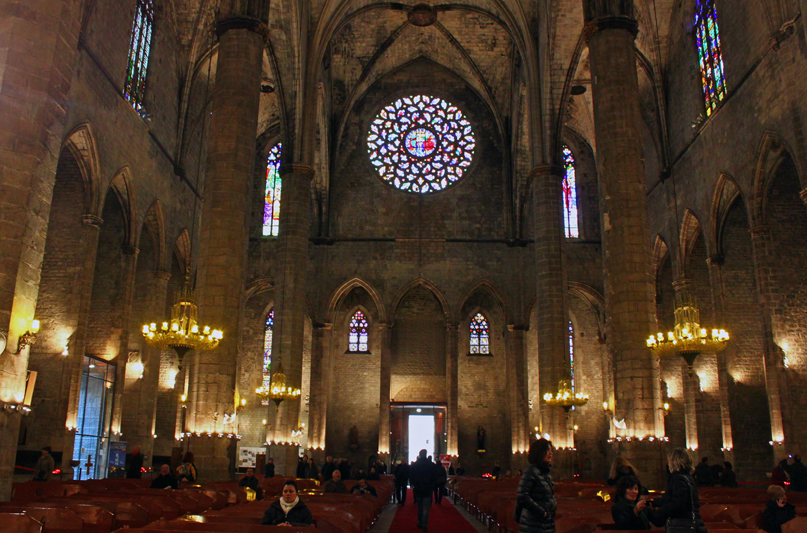
Go all the way up to the top, and you’ll see the remains of an old anti-aircraft defense shelter that locals refer to as “los bunkers.” They’ve recently been cleaned up, and you’ll find a mixture of families out for the day and young people posing for glamorous photos against the spectacular backdrop. Take a picnic to the top and enjoy picking out landmarks like the Sagrada Família or the cable cars at the beach.
Plaça de Sant Felipe Neri lies right next to the Cathedral of Barcelona, but because it’s tucked away in the maze-like streets of the Gothic Quarter, it can be tricky to find. It was constructed on the medieval cemetery of Montjuïc del Bisbe and was named in honor of an Italian Jesuit preacher who was beatified in 1615. It is a much-loved spot, esteemed by locals for both its beauty and history. However it remains relatively unknown amongst tourists, meaning it has retained its authentic, unspoiled charm.
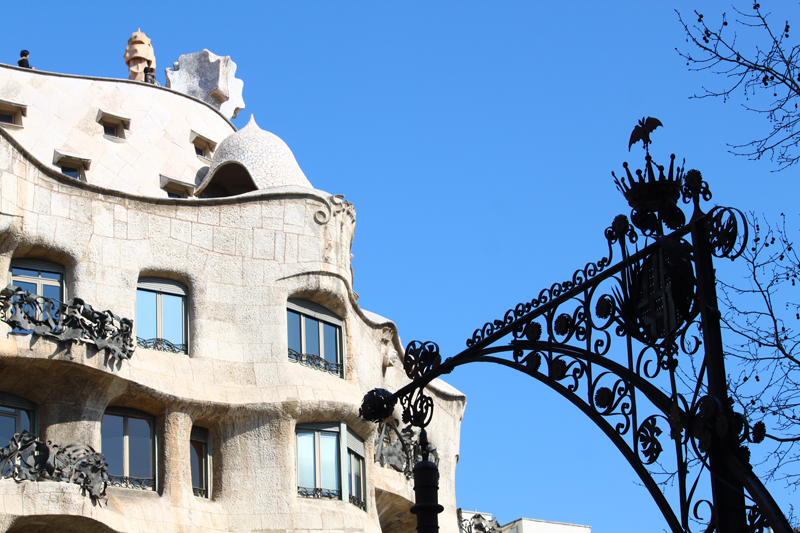
But don’t be fooled by its tranquil appearance. The square may be beautiful, but it has a very ugly history. This square was the scene of one of the most dramatic scenes of the spanish Civil war. On January 30, 1938, in the midst of the combat between the Fascists and the republicans, the nationalists dropped a bomb on the plaza, resulting in the deaths of 42 people, most of whom were children hiding in the church’s basement for safety. The plaza was left destroyed and it was decided that the architect Adolf Florensa would restore it, although you can still see the pockmarks left by shrapnel in the surrounding walls.
Eating, Drinking & Gaudi
Hit Las Ramblas for dinner and you’ll end up with a wallet a whole lot lighter and a tummy not much fuller. Instead, try hitting Enric Granados, a semi-pedestrian street behind the University of Barcelona, for charming cafés in the lower section and chic restaurants higher up the street.
And if you’re on an even tighter budget, the Sant Antoni and Poble Sec neighborhoods are just a 10-minute walk away from Las Ramblas but bursting with cheap, delicious restaurants. My favorites are the terrace tapas bars on Career Blai, Caramba in Sant Antoni, and El Rincón del Cava in Poble Sec. Famous chef Ferran Adrià’s younger brother Albert also runs a slew of restaurants in the Poble Sec area, including the famous Tickets, though you may have to make a reservation months in advance in hopes of getting a coveted seat at the dinner table.
“Gaudí” is practically synonymous with Barcelona, and the architect’s stunning Sagrada Familia is the most iconic building in the city. Luckily for fans of Catalan modernisme, that’s just the beginning of the whimsical works you can find in the city. Gaudí’s two lesser-known works – the Palau Güell, right off Las Ramblas, recently opened up to visitors and has a roof to rival any of his more famous buildings; and the Casa Vicens in the artsy Gràcia neighborhood were just purchased with the intention of making it available to visitors (so if you were looking to buy a Gaudi piece, you just missed the deadline!).
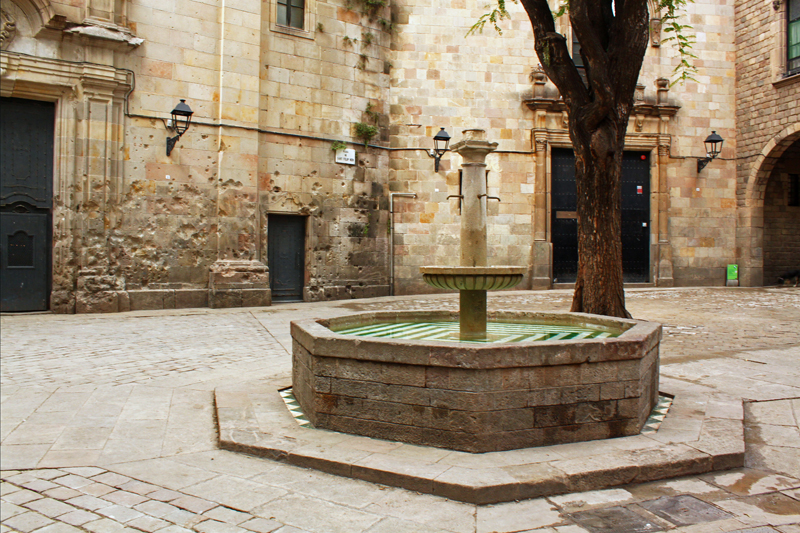
If Gaudí isn’t your style, then the Hospital de Sant Pau may be your kind of place. Until very recently, it was an actual working hospital before undergoing four years of renovation. Now, all the medical activities take place in a newer, modern building, leaving visitors free to visit the original’s extensive grounds. It often gets overlooked in favor of more famous buildings and, in all fairness, it is just up the street from the Sagrada Familia, which is a pretty hard act to follow. But the Hospital de Sant Pau is actually the biggest art nouveau complex in the world, so you get great bang for your buck with the €8 entry fee.
Secret Shield & Symbols
Perhaps the only thing that screams Barcelona even more than Gaudí is the FC Barcelona Fútbol Club. Many die-hard azulgrana supporters make something akin to a pilgrimage to visit the hallowed grounds of the Camp Nou stadium. Take a walk through the Born district, however, and you’ll see why they really aren’t joking when they say “fútbol is a religious experience here.” The 14th-century Gothic church Santa María del Mar has an actual FC Barcelona shield hidden in the stained glass.
Why? The club’s president helped contribute some money to the restoration of the church, and in return they thanked the club with the shield. To find the shield, stand facing the altar and look to your left. You’ll see a section of stained glass that looks decidedly more modern. That’s where the shield is hidden, high up in the top level of the windows.
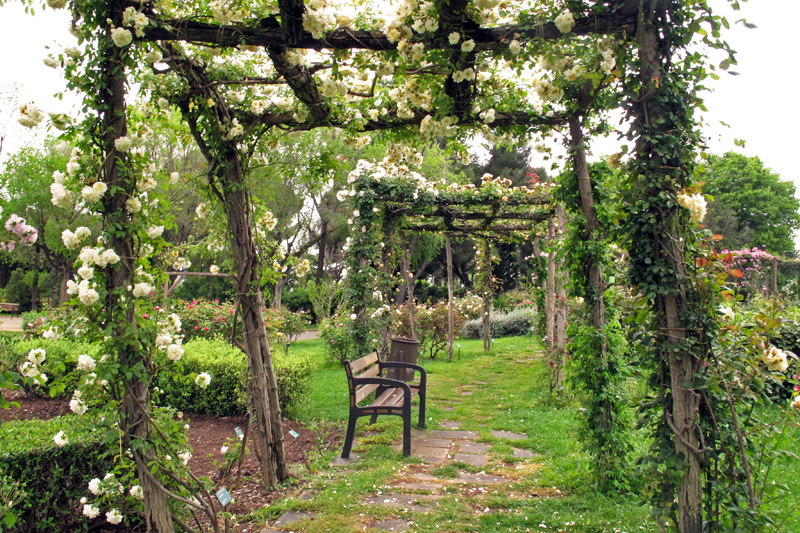
Not impressed with the tiny FC Barcelona shield? How about if I told you there was a secret symbol hidden all over the city? If you look hard enough, you’ll start to spot bat sculptures all over Barcelona. They largely go unnoticed despite being on major city sites like Passeig de Gràcia (look on the lampposts) and the Boqueria Market (look at the entrance sign with the market’s name).
The bat was briefly used as a symbol for the city, but is no longer in use. They don’t make a big deal out of it, but if you keep an eye out you’ll spot them perched on modernist markets, in the Ciutadella Park, and even on old versions of Barça jerseys.
Images by Jessica Bowler
Bio: Jessica Bowler is a translator and travel writer based in Barcelona. A UK native who grew up in California, the Catalan capital charmed her on a study abroad summer and she hasn’t looked back since. Read more about her travels at www.barcelonablonde.com.

